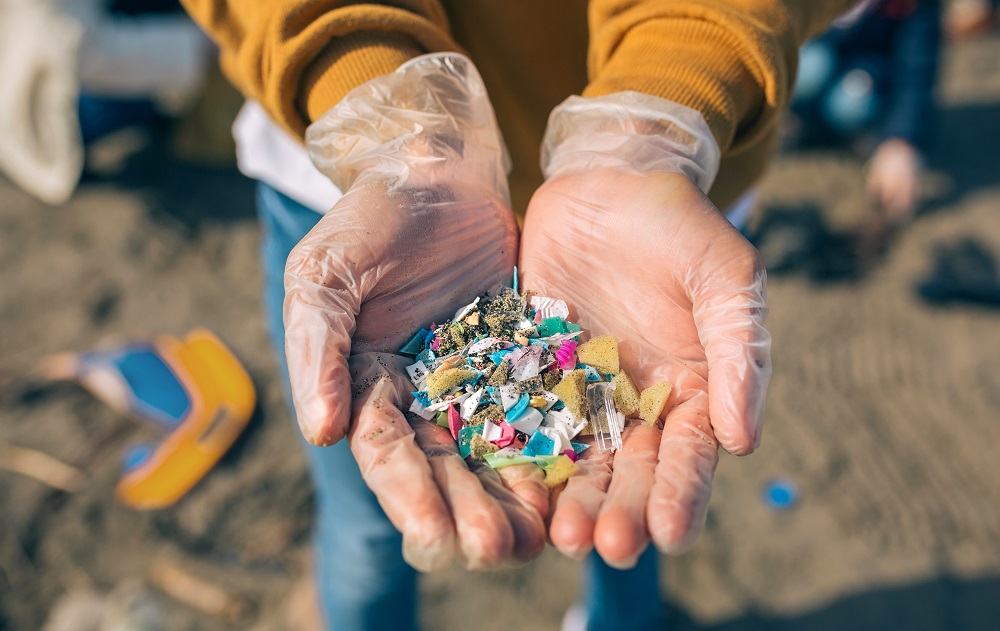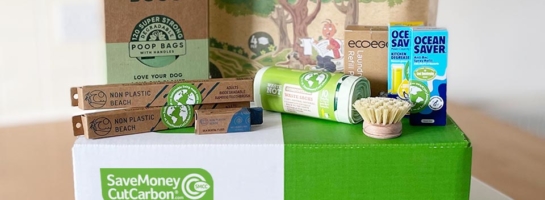Researchers find microplastic particles in human organs
Researchers in the US unearthed microplastic and nanoplastic particles in every sample of human organs they studied.
They examined 47 samples of lungs, liver, spleen, and kidneys, as these organs are likely to be exposed to microplastics (or collect them), sourcing the samples from a tissue bank created to study neurodegenerative diseases.
Plastic bag and bottle pieces were amongst the particles
Amongst the tiny plastic pieces, researchers were able to identify different types of plastics, like polyethylene and polyethylene terephthalate – or to you and me, plastic bags and plastic bottles. They also discovered the chemical bisphenol A (BPA), which is commonly used in food containers, such as some beverage bottles, baby feeding bottles, tableware, and storage containers.
One of the researchers Varun Kelkar, from Arizona State University said:
“We never want to be alarmist, but it is concerning that these non-biodegradable materials that are present everywhere can enter and accumulate in human tissues, and we don’t know the possible health effects,”
“Once we get a better idea of what’s in the tissues, we can conduct epidemiological studies to assess human health outcomes,”
BPA is also in epoxy resins that are used in protective coatings and linings for food and beverage cans and containers. As it is such a common chemical that has been in use for several decades, it can be found in small quantities in the urine of most adults.

What are microplastics?
Microplastics are debris made from plastic that is less than 5mm in diameter – nanoplastics are less than 0.001mm in diameter. They are largely formed from larger pieces of plastic rubbing together until they get smaller and smaller.
Other plastics are intentionally designed to be smaller, like microbeads commonly used in cosmetics, and they can easily pass through water filtration systems into the natural world.
Plastic has gone from being a benefit, to a threat
Since it’s invention in 1907, and its mass adoption through the birth of throwaway culture in the 1950s, plastic has revolutionised almost every aspect of modern life; it’s quite literally everywhere.
Not only is it everywhere, but it can take up to 450 years for it to degrade, leaching toxic chemicals into the environment and its inhabitants. People are also known to consume them via food and water, and to breathe them, But the potential impact on human health is not yet known.
Another member of the research team, Charles Rolsky said:
“In a few short decades, we’ve gone from seeing plastic as a wonderful benefit to considering it a threat.”
Whilst there is still more research needed into the effects of plastic pollution on humans to determine health risks, research on wildlife and lab-tested animals indicates a link between infertility, cancer, and inflammation.
At the rate we are going, there will be more plastics in weight in our oceans than fish by 2050.
Even though hard scientific research tells us that we don’t definitively know the human health risks, we know it negatively impacts our environment. We must still act now to reduce the strain on our oceans, reducing plastic where we can.
Browse our Sustainable Living range where you can find a variety of products for the home that are plastic free

